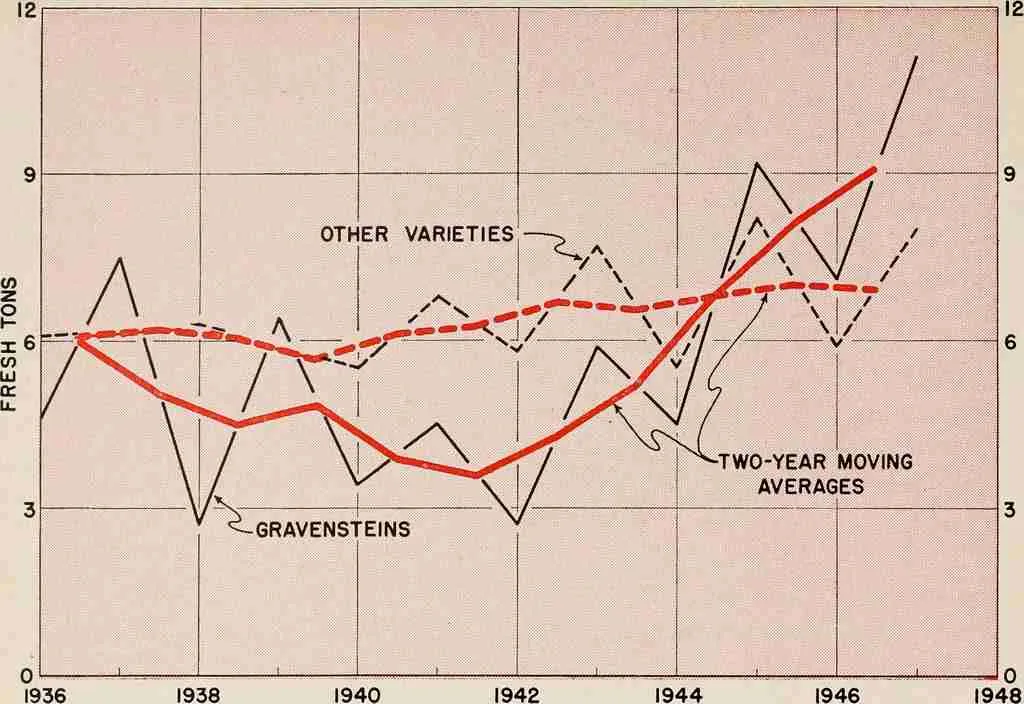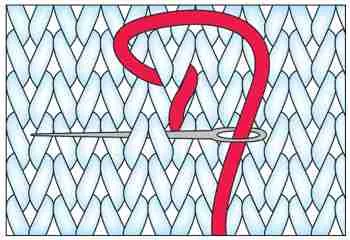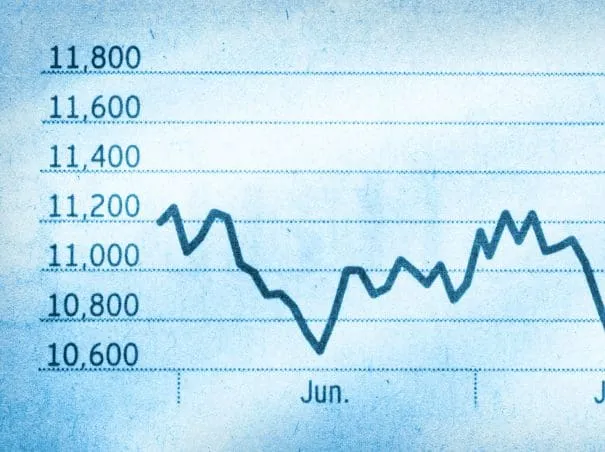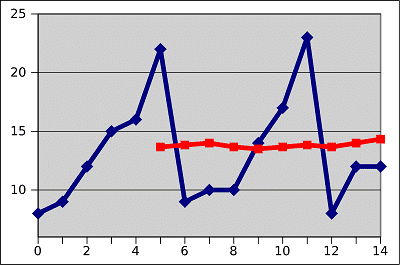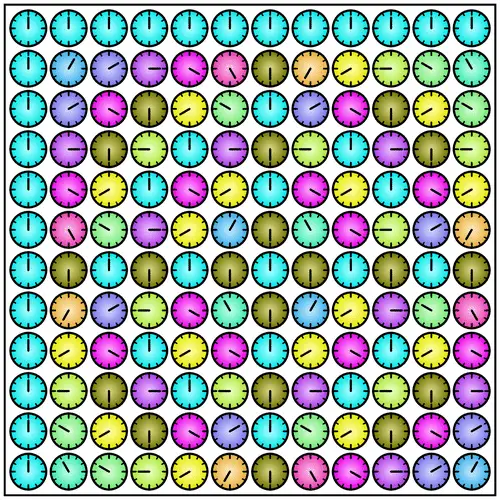Window Functions
SQL Window functions help you perform complex calculations on sets of data within a query result. Unlike aggregate functions, which give you results for each group of data, window functions let you calculate values based on a specific set of rows you define. This comes in handy when you need to access both the current row and related data in the same result.
Using window functions is easy. You add them using an OVER clause, which defines the partition of the data and the order to process the data. The partition splits the data into groups, and the order sets the sequence of rows in each group. This lets you calculate running totals, rankings, percentiles, and other complex calculations with ease.
Window functions also allow frame clauses, which define the rows included in the calculation. This helps you calculate values based on the current row, the whole partition, or a range of rows you set. For instance, you can use a frame clause to find the running total of sales for each customer over a set time period.
Window functions improve performance when you work with large datasets by letting you perform complex calculations in one query instead of several. This simplifies your code and makes it easier to read. Window functions also offer more flexibility in the types of calculations you can perform.
Many relational databases support window functions, including PostgreSQL, Microsoft SQL Server, Oracle, and more. This makes it easy to use window functions in various environments and keeps your code portable.
Overall, SQL Window functions are a useful tool for anyone working with large datasets or complex calculations. They offer flexibility, improved performance, and ease of use. Whether you’re a database administrator, data analyst, or software developer, learning about this powerful feature of SQL can make your work easier and more efficient.
Latest Posts
-
Use ROW_NUMBER to Create a Unique ID
Learn how to use the ROW_NUMBER() windows function to generate a unique ID. Problem: You have a table named Teams with information about various sports teams, including their names, points, and conferences. You want to add a unique identifier to each row in the table to track them easily, but you don’t have a unique…
-
Compare Two Moving Averages in SQL
Problem We want to compare two moving averages in SQL. We’ll use window functions to do this, as it is easier write and manage the query using them. Background Moving averages are a commonly used tool in financial analysis that smooths out the price data by averaging the closing prices of a stock over a…
-
Find and Remove Duplicates in SQL
Problem You want to remove duplicates in SQL. You know it is easy to find duplicates using GROUP BY, but how do your remove all but one? Background Here’s an example of how to find duplicate records using a window function in SQL: Suppose we have a table of students that includes columns for student…
-
How to Find Duplicates using a Windows Function?
Problem You need to find duplicates and then identify the records by their primary keys. Background Here’s an example of how to find duplicate records using a window function in SQL: Suppose we have a table of students that includes columns for student ID, name, and age. We want to find all the students who…
-
Calculate a Moving Average in SQL using A Windows Function
Problem How do you create a moving average using windows functions in SQL? Background There is no built-in function to create a moving average, but you can use the AVG() window function to do so. For our example we calculate the 4 week moving average of weekly sales. Here is the table we’ll use: Note: …
-
Calculate a Running Total in SQL using a Windows Function
Problem How do you create a running total on a column using SQL? Background There is no built-in function to create a running total, but you can use a windows function to do so. In this case well construction a running total of Weekly Product Sales. For this solution we’ll work with the WinCode WeeklySales…
-
Working with ROW_NUMBER, RANK, and DENSE_RANK
Introduction Window functions are an essential tool for data analysis, particularly in the SQL language. They allow you to perform complex calculations, like running totals, moving averages, and ranking values, on a set of data, without the need for subqueries or self-joins. In this article, we’ll explore three popular ranking functions in SQL: ROW_NUMBER(), RANK(),…
-
SQL Puzzle: How to Calculate Moving Averages
In this puzzle, we’re going to learn how to calculate moving averages by working through a hypothetical stock market example. Solving puzzles is a great way to learn SQL. Nothing beats practicing what you’ve learned. Once you have figured out the puzzle, post you answer in the comments so we all can learn from one…
-
How To Find Duplicates in SQL using Window Functions
If you want to find duplicate rows in SQL, you can go two routes. The first is to use the GROUP BY and HAVING to identify “duplicate” groups of data, or you can use a easy to understand window function to not only identify the duplicates but also its primary key. In this video I’ll…
-
Window Functions in SQL – What are they?
The purpose of this article is to introduce you to SQL window functions and some of the high-level concepts. In SQL, a window function refers to a function, such as sum or average, which acts upon a result set’s rows relative to the current row. There are a lot of details to cover, but you’ll…
-
How to Find a Gap in a Sequence using SQL SERVER
In this puzzle, we’re going to learn how to find a gap in a sequence using SQL Server. I was recently reviewing my bank statement and noticed they flagged the start of a missing check number with ***’s. I figured with would be a great example for a SQL puzzle as there are many ways…
-
SQL Percentile Rank Puzzle
In this puzzle, we’re going with with SQL Percentile Rank to work through a problem to identify the top and bottom student scores. Solving puzzles is a great way to learn SQL. Nothing beats practicing what you’ve learned. SQL Puzzle Question In today’s puzzle assume you’ve been asked by the head of the Mathematics department…


